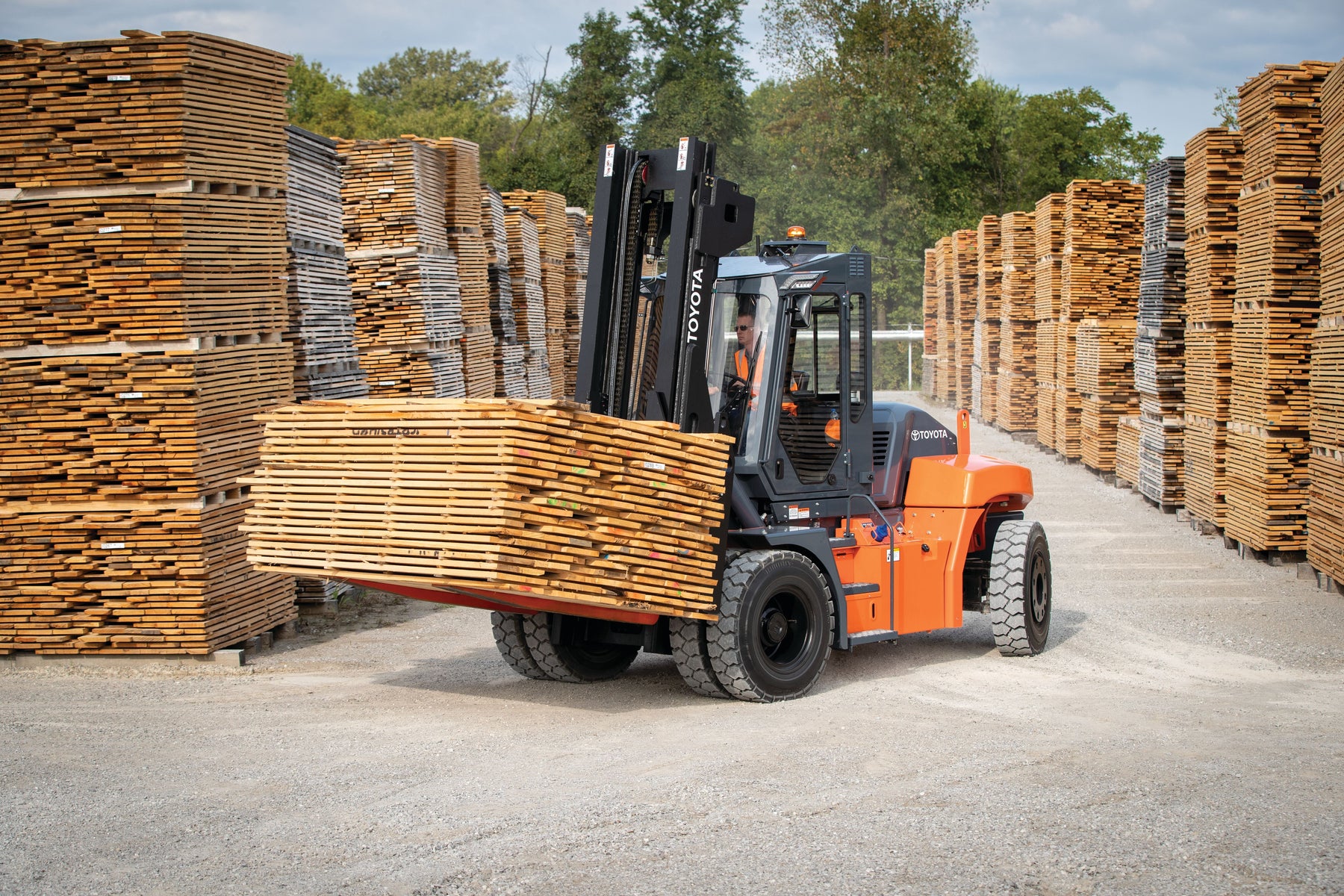
Safety Strategies: What Conditions Can Create Workplace Risk?
Your company profits when employees are safe and loses when employees become ill or injured on the job. When employees are trained, properly outfitted, and protected from a hazardous workplace, they tend to feel a higher level of trust and loyalty. With greater trust comes greater focus, higher morale, lower turnover, and closer attention to detail. In an unsafe workplace, employees feel thinner bonds of trust and loyalty, a greater urge to rush through their tasks, weaker social ties, more stress, and higher propensity for expensive and damaging accidents.
So, the equation should be clear, right? Reduce accidents and watch your bottom-line rise. But to reduce accidents, you will need to spot and prevent them from a long way off, which means you will need to recognize the kinds of conditions that create risk. Then you will need to change those conditions. Here are a few moves that can help.
Don’t wait for the worst.
Too often, companies wait until an incident occurs, then they leap in to gather data, determine what when wrong and take preventative action…after the fact. Instead, conduct audits to find weak points in your safety strategy. For example, gather data on near accidents. Encourage employees to submit concerns and complaints. Solicit input when purchasing new safety gear. The more you hear from your employees, the better you can pinpoint the areas and circumstances where trouble might take place.
Watch habits and postures closely.
Injuries can occur due to sudden and unpreventable trauma, but they can also occur due to sustained, repeated actions that are unhealthy, unnatural, or forced. Keep a close eye on the physical postures of employees as they make their way through an average shift. Limit activities like reaching, twisting, lifting, or bending to a specific number of repetitions per hour. Have employees switch roles, take breaks, or change jobs as often as necessary. Do not forget about unseen strains placed on the eyes and ears. For example, gazing into bright lights for hours at a time can have a cumulative harmful effect.
Forceful exertions and pressure points.
Sustained sitting and standing—even with appropriate posture—can be harmful. And some questionable tasks may not appear dangerous, like resting the forearms on a hard surface while working. But after hours, weeks and months, these sustained postures can cause incremental damage to the body. Again, do not wait for problems to occur; recognize the conditions that create a hazard, and change those conditions.
Pacing problems.
Do your employees have all the time they need to complete their assigned tasks without rushing? Speed and recklessness can lead to physical stress and injury. Pay close attention to what your employees are being asked to do, how they are expected to do it and how well they’re protected during the process.

